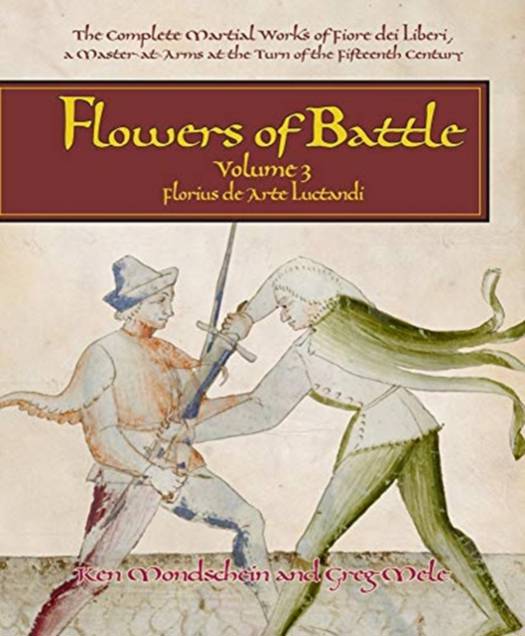
- Afhalen na 1 uur in een winkel met voorraad
- Gratis thuislevering in België vanaf € 30
- Ruim aanbod met 7 miljoen producten
- Afhalen na 1 uur in een winkel met voorraad
- Gratis thuislevering in België vanaf € 30
- Ruim aanbod met 7 miljoen producten
Zoeken
€ 114,95
+ 229 punten
Omschrijving
The warriors of medieval Italy practised a complex and complete martial art, which included the wielding of sword, axe and spear with wrestling, knife-fighting and mounted combat. In the waning years of the 14th century, Fiore dei Liberi was a famed master of this art, whose students included some of the most renowned and dangerous fighting men of his day. Credited by fencing historians as the father of Italian swordmanship, toward the end of his life, Master Fiore preserved his teachings in a series of illustrated manuscripts, four of which have survived to the present day, and have become the basis of a worldwide effort to reconstruct this lost martial art. This magnum opus, Il Fior di Batalgia (The Flower of Battle), composed in early 1409, is one of the oldest, most extensive, and most clearly elucidated martial arts treatises from the medieval period. Freelance Academy Press is proud to present Flowers of Battle, a multi-volume series of lavishly illustrated hardcover books, combining full color facsimiles of the Master's original manuscripts, professional, annotated translations, and extensive peer-reviewed essays. Volume III, Florius de Arte Luctandi, presents a translation, transcription and reproduction of chronologically the last, most recently discovered, and visually most lush Flower of Battle manuscript. This posthumous work raises more questions than it answers: for whom was the manuscript creared and why? Why was it translated into a complex, humanistic Latin, and from what prior source? Why are there clear nomenclatures and instruction differences between this and the other three manuscripts, and do these changes reflect an evolution in the Master's thinking, or errors in transmission? Mondschein and Mele tackle these questions and more in a lavishly illustrated introduction that seeks to set the manuscript in context, as an objet d'art, as an example of Renaissance patronage, and as a practical martial arts memorial.
Specificaties
Betrokkenen
- Auteur(s):
- Uitgeverij:
Inhoud
- Aantal bladzijden:
- 262
- Taal:
- Engels
- Reeks:
Eigenschappen
- Productcode (EAN):
- 9781937439194
- Verschijningsdatum:
- 30/09/2018
- Uitvoering:
- Hardcover
- Formaat:
- Genaaid
- Afmetingen:
- 224 mm x 282 mm
- Gewicht:
- 1270 g

Alleen bij Standaard Boekhandel
+ 229 punten op je klantenkaart van Standaard Boekhandel
Beoordelingen
We publiceren alleen reviews die voldoen aan de voorwaarden voor reviews. Bekijk onze voorwaarden voor reviews.











